|
All essential oils should be introduced slowly to watch for allergies or adverse reactions.
No essential oil is safe for internal use in children. Always ere on the side of caution and use less essential oil than recommended. While essential oils are natural, they have powerful chemical constituents and once on (or in) the body there is little one can do to reverse a potential adverse effect. Please research and learn about the essential oils you are choosing to use on you and your family. Several of the listed oils are contrainidicated for pregnancy and/or breastfeeding. Consult with a qualified aromatherapist or healthcare professional before using essential oils on or around pregnant or breastfeeding women. If you or your child have any medical condition or are taking any medications, consult with a qualified aromatherapist or healthcare professional before using any essential oils. Ages Of When Essential Oils Are Generally Safe To Use On Children EO = Essential Oil CO= Carrier Oil 0-3 months Avoid the use of essential oils 3+ month 0.2% Dilution *1-2 drops EO per ounce of CO when appropriate and when it has already been determined the oil does not cause any adverse reactions. Chamomile, Roman (Anthemis nobilis, Chamamealum nobile) Lavender – (Lavendula angustifolia) Mandarin (Citrus reticulate) 3-24 months Diffusion of citrus and some pines and firs ok; check individual oils for safety information. 2+ years 1% Dilution 5-6 drop EO to 1 ounce CO when appropriate and when it has already been determined the oil does not cause any adverse reactions. Bergamot (Citrus bergamia) bergamot essential oil is a phototoxic oil and can cause phototoxic reactions on your skin, if used before going out in the sunshine. Diffusion and wash-off products are safe from this though. Benzoin (Styrax benzoin, Styrax paralleloneurus) Black Pepper (Piper nigrum) use a smaller amount of this topically as it can cause skin irritation if not properly diluted. Carrot Seed (Daucus carota) Cedarwood, Atlas/Virgina (Cedrus atlantica, Cedrus deodora, Juniperus virginiana) use a smaller amount of this topically as it can cause skin irritation if not properly diluted. Chamomile, German (Matricaria rectutita) Citronella (Cymbopogon nardus) use a smaller amount of this topically as it can cause skin irritation if not properly diluted. Clary Sage (Salvia sclarea) Clove Bud (Syzygium aromaticum, Eugenia aromatica) use a smaller amount of this topically as it can cause skin irritation if not properly diluted. Use cautiously and in moderation. Copaiba Balsam (Copaifera officinalis) Coriander (Coriandrum sativum) Cypress (Cupressus sempervires) Basil, Sweet (Ocimum basilicum) Dill (Anthum graveolens) Fir needle (Abies sibirica) Frankincense (Boswellia carterii) Geranium (Pelargonium graveolens) Ginger (Zingiber officinale) use a smaller amount of this topically as it can cause skin irritation if not properly diluted. Grapefruit (Citrus paradisi) Helichrysum (Helichrysum angustifolium) Juniper Berry (Juniperus communis) Lemon (Citrus limon) this is safe for diffusion. Though this is safe for topical application, sweet orange is suggested instead, because it’s less harsh on the skin. If cold pressed rather than steam distilled, this essential oil is a potential photosensitizer. Lime (Cirtus x aurantifolia) Use steam distilled only. Expressed lime can be phototoxic. Myrrh (Commiphora myrrha) Neroli (Citrus aurantium) Patchouli (Pogostemon cablin) Palmarosa (Cymbopogon martinii) Petitgrain (Citrus aurantium) Pine (pinus divaricata, pinus resinosa, pinus strobus, pinus sylvestris) use a smaller amount of this topically as it can cause skin irritation if not properly diluted. Rosalina (Melaleuca ericifolia) Rose Otto (Rosa damascena) Use sparingly, scent can be overpowering. Sandalwood (Santalum spicatum, Santalum album) Spearmint (Mentha cardiaca, Mentha spicata) Spruce (picea abies, picea glauca, picea mariana, picea rubens) Sweet Orange (Citrus sinensis) Sweet Marjoram (Marjorana hortensis) Tangerine (Citrus reticulata) Tea Tree (Melaleuca alternifolia) Thyme (Thymus vulgaris ct. linalool) This chemotype is safer for children and not a likely skin irritant. Use a smaller amount of this topically as it can cause skin irritation if not properly diluted. Vetiver (Vetiveria zizanoides) Ylang Ylang (Cananga odorata) Use sparingly, scent can be overwhelming and cause headaches/nausea. 6+ years 1% Dilution 5-6 drop EO to 1 ounce CO *May use 2% Dilution (10-12 drops EO per 1 ounce CO) when appropriate and when it has already been determined the oil does not cause any adverse reactions. Cajuput (Melaleuca cajuputi, Melaleuca leucadendron) Cardamom (Elettaria cardamomum) use a smaller amount of this topically as it can cause skin irritation if not properly diluted. Lemongrass (Andropogon citratus, Andropogon flexuosus, Cymbopogon citratus, Cymbopogon flexuosus) use a smaller amount of this topically as it can cause skin irritation if not properly diluted. Sage, Greek/White (Salvia officinalis, Salvia fruiticosa, Salvia tribola, Salvia apiana) Thyme (Thymus vulgaris, Thymus Zygis) use a smaller amount of this topically as it can cause skin irritation if not properly diluted. Yarrow, Blue (Achillea millefolium) 10+ years 1-2% Dilution (1%: 5-6 drops EO per ounce CO or 2% Dilution 10-12 Drops EO to 1 ounce CO) Anise/Aniseed (Pimpinella anisum) use a smaller amount of this topically as it can cause skin irritation if not properly diluted. Anise, Star (llicium verum) use a smaller amount of this topically as it can cause skin irritation if not properly diluted. Basil, Lemon (Ociumum x citriodorum) Cassia (Cinnamomum cassia) this is safe ONLY for diffusion. Cinnamon cassia is not safe for use on anyone’s skin, as it is too irritating. Use Cinnamon leaf instead, for topical preparations. Cinnamon bark (Cinnamomum verum) this is safe for diffusion ONLY. Cinnamon bark is not safe for use on anyone’s skin, as it is too irritating. Use Cinnamon leaf instead, for topical preparations. Cinnamon leaf (Cinnamomum verum) use a smaller amount of this topically as it can cause skin irritation if not properly diluted. Clove Leaf (Eugenia caryophyllata) Use a smaller amount of this topically as it can cause skin irritation if not properly diluted. Use cautiously and in moderation. Cornmint (Mentha arvensis, Mentha canadensis) Eucalyptus (Eucalyptus camaldulensis, Eucalyptus globulus, Eucalyptus maidenii, Eucalyptus plenissima, Eucalyptus kochii, Eucalyptus polybractea, Eucalyptus radiata, Eucalyptus autraliana, Eucalyptus phellandra, Eucalyptus smithii) Fennel, sweet and bitter (Foeniculum vulgare) Garlic (Allium sativum) this is better use for diffusion as it can cause skin irritations when applied topically. Hyssop (Hyssopus officinalis) Laurel Leaf/Bay Laurel (Laurus nobilis) Marjoram, Spanish (Thymus mastichina) Melissa/Lemon Balm (Melissa officinalis) Use cautiously, used as a sedative. Niaouli (cineole chemotype) Nutmeg (Myristica fragrans) use a smaller amount of this topically as it can cause skin irritation if not properly diluted. Oregano (Origanum onites, Origanum smyrnaeum, Origanum vulgare, Origanum compactum, Origanum hirtum, Thymbra capitata, Thymus capitatus, Coridothymus capitatus, Satureeja capitata) Peppermint (Mentha x piperita) use a smaller amount of this topically as it can cause skin irritation if not properly diluted. Ravintsara (Cinnamomum camphora) Not to be confused with Ravensara (Ravensara aromatica), which should NEVER be used by anyone because it is a potential carcinogen. Safest when used in adults. Rosemary (Rosmarinus officinalis) Avoid the camphor chemotype Tumeric (Cucuma longa) Tea Tree, Lemon (Leptospermum petersonii, Leptospermum citratum, Leptospermum liversidgei) Valarian (Valeriana officinalis) Verbena, Lemon (Aloysia triphylla, Aloysia citriodora, Lippa citriodora, Lippa triphylla) The safety of this oil has not been determined. For more information on essential oil usage and safety, visit www.aromaweb.com or www.learningabouteos.com.
2 Comments
You have a question about soap, body care products, fragrances, etc? I'd love to answer it! I'll do my best to find the answers for you and I'll only make up 5% of the facts. Just kidding! :)
Many people has expressed their dry skin woes to me. So, here are some quick, easy remedies to rehydrate your skin and pretend it's spring (spring will come...right?!). Moisturize: How much? Frequently...as in daily, sometimes twice. I highly recommend any of The Honey B's oils. When? Depends on your skin, but the best times are when your skin is damp (after a shower/bath) or after washing your face before bed. I personally use "B Youthful" right after a shower and I LOVE how my face and skin feels. My skin drinks the oil right up and I am left soft and supple with no greasy residue. Another great tip is to put oil on about 10 minutes before you bathe and then again when you are finished. It may seem redundant, but trust me your skin will rehydrate and look beautiful! How should I clean my face? Many commercial cleansers are really drying. READ your ingredients! Using Honey B Soap will help because it's an all natural soap that will not over-dry your skin. Be careful about exfoliation as well. When your skin is dry, less is more. Life Style/ Eating Habits: Spoiler alert!! Many hints and my advice will involve you giving up simple pleasures (because....cough cough, they aren't good for you!). My children call me a "fun sponge" because I am really good at sucking the fun out of things. HA! But seriously, your skin tells you exactly what is going on INSIDE your body. Nice skin= healthy body. Bad skin= unhealthy body. Simple enough! 1. Drink more water. 2. Eat more fresh veggies and fruit 3. Increase healthy fats (avocado, coconut...etc) 4. Lower your intake of salt and fried foods 5. No smoking! 6. Lower or eliminate your alcohol consumption 7. Take cooler showers and take them less often (do you really need to shower every day? If you are eating correctly, you will have little to no body odor... seriously! I only smell bad after eating sugar). What products can I use to improve my skin? Honey B Soap Company Products: We offer a selection of moisturizing products to help you through this infinite winter on the planet Hoth... I mean, Earth. Lotion Bars: With a high ratio of beeswax these are ideal for people who wash their hands a lot, have really thick calluses, or anyone who likes to be soft. My husband uses these for treating and preventing the skin on his finger tips from cracking. I use them on my children's bums when they get diaper rash. Other suggested use: making your heels sandal ready, treating sunburns, moisturizing legs/face after shaving... These are very versatile and you can feel good about smearing them on all the time because there are no harsh chemicals or preservatives! Whipped Body Butter: This has a thick consistently and goes on a lot like butter (not that I've ever smeared butter on my skin... I imagine it would feel the same). It melts upon contact with your skin and a little goes a long way. We use these in our house after bath time. I smother my children with the body butter and then PJs and tuck into bed. They are so soft and their skin radiates a healthy glow. The Whipped Body Butter is made with Shea and Mango Butter and a blend of five oils. It's a time consuming process of freezing, whipping, freezing, whipping, repeat until done, package...but SO worth it! Once you've tried our Body Butter, you'll never go back to wimpy lotion. Oils: We have five oils to meet your dry skin needs. There are three different recipes to accommodate as many skin types as possible. The Massage Oil is grape seed and meadow foam seed oil. This is generally for massage, but if you like a light oil this is the one for you. The Body Oil comes in three scents (Sweet Orange, Lavender and Peppermint) and is made from sweet almond oil, apricot kernel oil, and meadow foam seed oil. It is a light blend that is great for most skin types. We recommend this to be used in the place of lotion right out of the bath/shower for the most benefits, but can be used in the bath and as a massage oil. The peppermint is fabulous for foot massages! B Youthful is our best seller because it contains avocado and rosehip oil along with three other oils. It targets "maturing" skin and skin that needs a little extra love. This is the oil I use exclusively on my face because I formulated it for face skin, but it's wonderful on your entire body. This oil is good for people with age spots, scarring, preggy bellies, fine lines... My husband's skin is part reptilian. I swear he molts! He has very flakey skin and has tried MANY products to moisturize and cease flaking. He started using the B Youthful oil and within a week stopped flaking and his skin has a youthful glow to it. Lip Balm: Our lip balm has a high amount of shea butter and beeswax to soothe those dry lips. Many other products out there only coat your lips to stop further dehydration, but our lip balm will put moisture back so you can-smile-again-without-cracking-your-lips-and-bleeding. So, get your kiss on! So there you have it! Simple solutions and chemical free products to ease your winter skin woes!
be clean. be natural. Phthalates: (pronounced "THAL-ayts")
One year ago if you had asked me what a phthalate was I would not have been able to even spell the word let alone explain what it might be, but a lot has changed since then. Very simply, phthalates are horrible. What's So Bad About Phthalates? 1) Recent studies suggest that some phthalates can alter human male reproductive development. Basically, when a woman is pregnant and is exposed to phthalates it mimics hormones that change the hormones within the baby she is carrying (specifically estrogen). For females, this is not really an issue, but if the baby is a boy, it appears to be changing their reproductivity. They have documented a high phthalate level in baby boys with smaller penis size and these boys are more feminized. 2) In the United States, there is no requirement that products be labeled as to their phthalate content. This makes it very difficult for people to make decisions about the products they would like to buy. The food industry has to clearly label ingredients, but the cosmetic and toy industries do not have to tell us what they put in their products. 60% of what goes on your body ends up in your body. Essentially your body is digesting what goes on the skin, yet we are not made aware of what those substances are. I am not ok with that, period. 3) There are (limited) studies that suggest a link between phthalate exposure and cancer. Yes, I agree many other things could be causing cancer, but it seems most logical that an endocrine disruptors, like phthalates, might be a highly likely candidate. Not to sound like a conspirator, but money quiets legislation and propaganda brainwashes. The public is lead to believe the products on shelves are "safe." Research is now showing this is not as true as we were told. 4) Do I really need to go on?!?!? What Are Phthalates? Phthalates are also known as "plasticizers." Phthalates are added to PVC (polyvinyl chloride) to increase their flexibility, transparency, durability, and longevity. They form nonpermanent bonds that are easily released. As plastic ages and breaks down, the rate that phthalates are released increases. (You know that film that forms on the inside of your car windshield? That is actually a layer of phthalates from your vinyl dashboard breaking down. Gross. I know.) Where Can You Find Phthalates? enteric coatings of pills adhesives/glues building materials personal-care products perfume eye shadow lotions nail polish liquid soap (*The Honey B Soap Company's soap is phthalate-free) hair spray medical devices detergents surfactants packaging children's toys modeling clay waxes paint ink pharmaceuticals food products textiles soft plastic fishing lures sex toys paint pigments shower curtains vinyl upholstery floor tiles food containers/wrappers cleaning materials modern electronics catheters How Do I Avoid Phthalates? 1) Read Labels! Do I have that list memorized? Heck no! However, I do watch for the word "Fragrance/Perfume" because that is most likely phthalates. 2) Buy plastics that are BPA-free. This will help limit your exposure. 3) Eliminate plastic as much as possible. I have tried to eliminate as much plastic as possible, but it is harder than you would think. Any decrease in your exposure is better for you. 4) Avoid recycle codes 3, 6, and 7. 5) Research. I know you are busy, but we are talking about your (and your children's) reproductive and general health here. You would not spoon-feed yourself or your child a mouthful of straight chemicals. So it is important to know what toys are ok for children, what lotions are safe, which soaps and cleaners to purchase to not exposure yourself and family to these toxic chemicals. *The Honey B Soap Company is completely safe for you and your family. We only use natural ingredients and essential oils. We started out making body care products for our own children and wanted to give other families the same opportunity for safe products. Quick Ideas to Reduce Exposure to Phthalates: Buy in glass if possible. I use glass baby bottles and I have never had one break despite many falls to the floor. Use silicon for use with babies. (Pacifiers, bottle nipples, etc). The company Tiny Love offers great, safe baby toys. Do not microwave in plastic. Use a cloth shower curtain. Buy natural body care products. ....what are your ideas? Sources: www.thedailygreen.com http://en.wikipedia.org/wiki/Phthalate Sheela Sathyanarayana, M. M. (2008). Baby Care Products: Possible Sources of Infant Phthalate Exposure. Elk Grove Village, IL, United States of America. Retrieved November 21, 2012, from http://pediatrics.aappublications.org/content/121/2/e260.full |
AuthorBrittany-The Queen B Archives
May 2015
Categories |
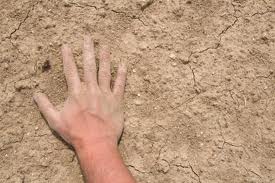
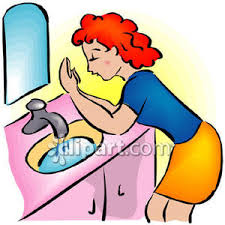
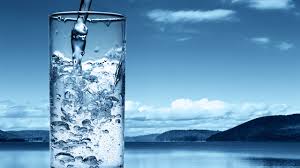

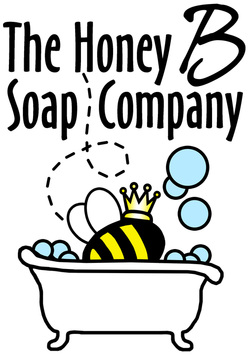
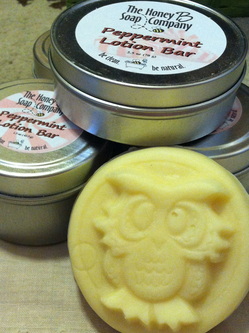
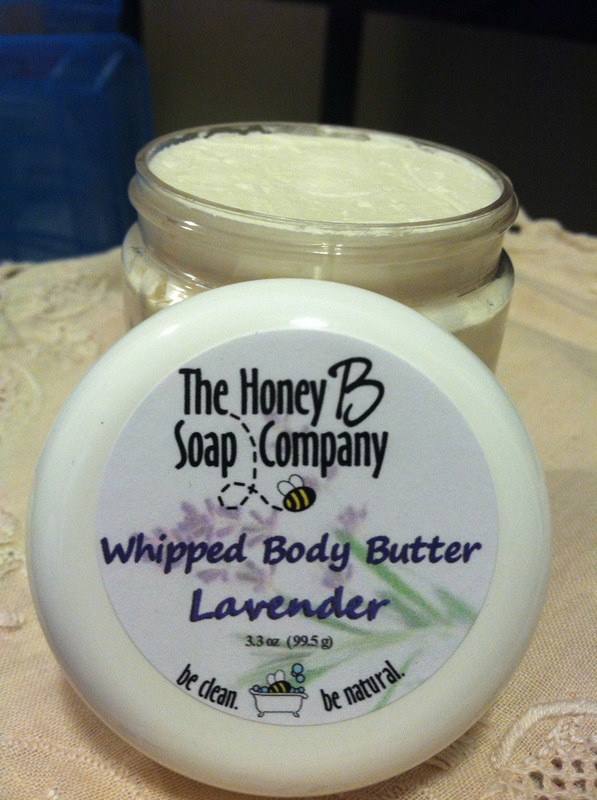
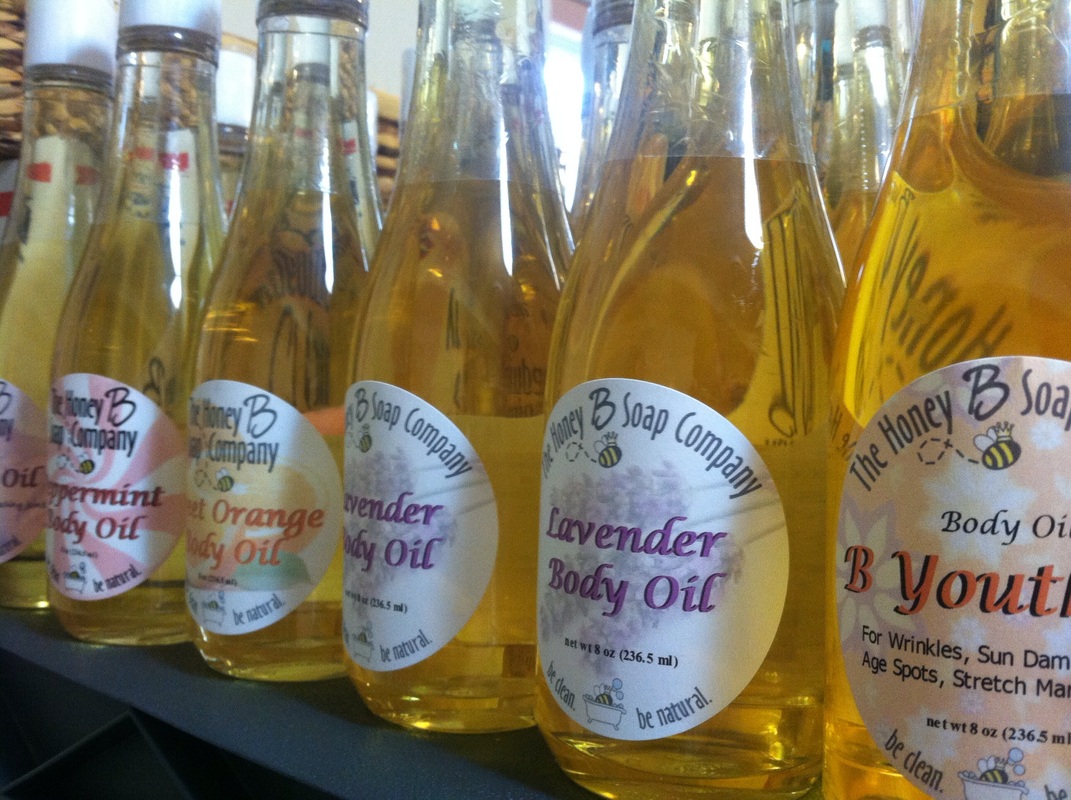
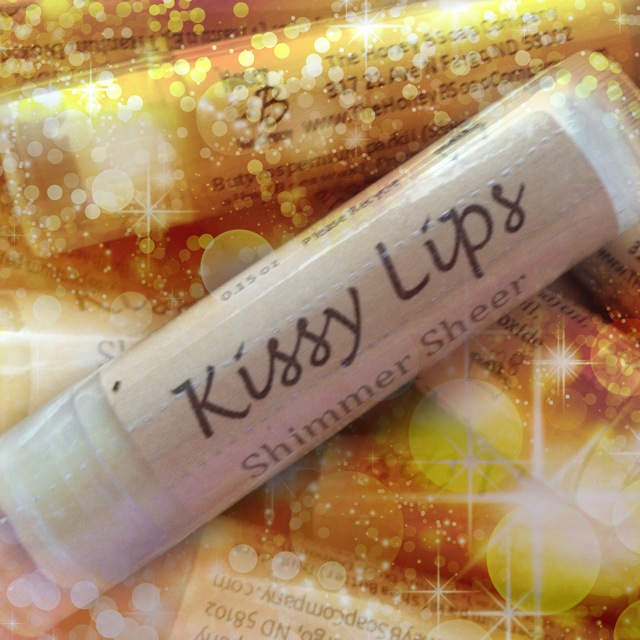
 RSS Feed
RSS Feed